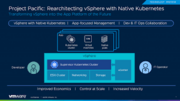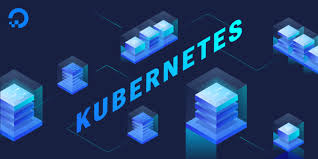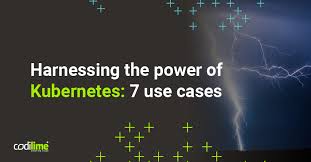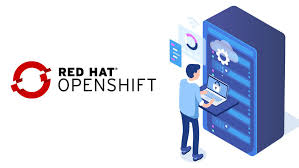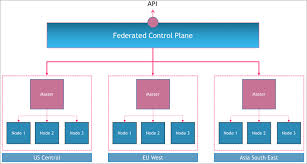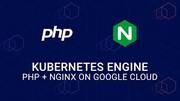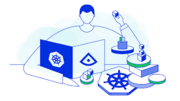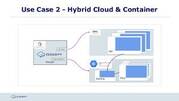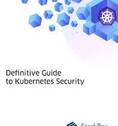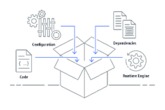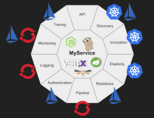Kubernetes: the key to capitalising on containers in the enterprise
Source:-devopsonline.co.uk It may have only been around for five years but Kubernetes has already cemented its position as the go-to container management system – with its global fan base growing quickly each year. CIOs across every industry are recognising Kubernetes as a top tier container management system and, consequently, its job market is rapidly expanding. In fact, a recent national job search on LinkedIn revealed 16,774 open Kubernetes positions. These numbers are only set to rise as hiring demand follows
Read more